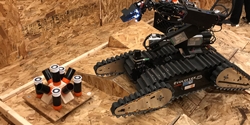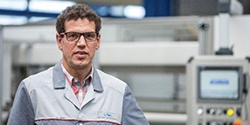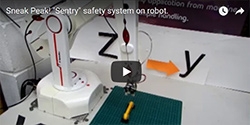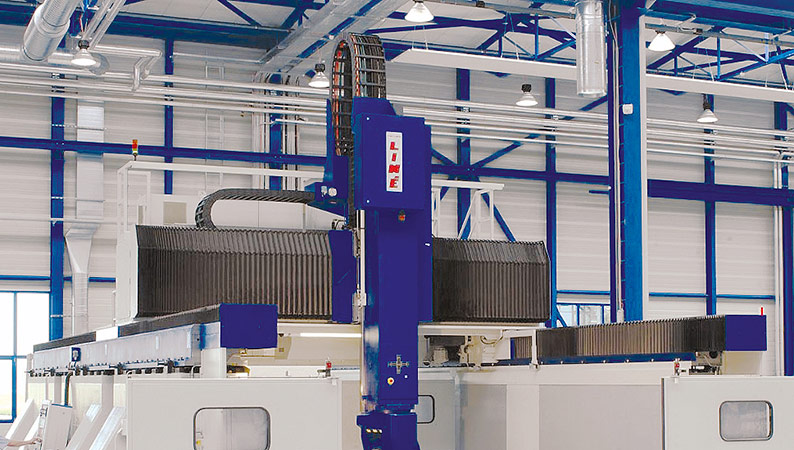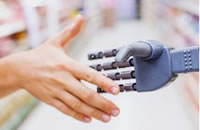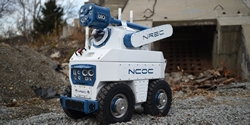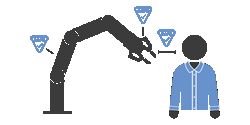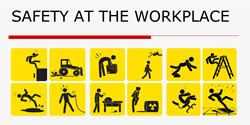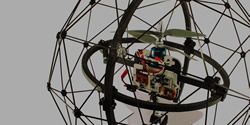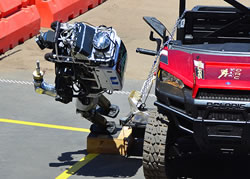Robots & Humans Cooperating and Coexisting in the Future
RoboCup 2018: S&T Test Methods Used to Evaluate Rescue Robots
Safe Cut
Collaborative Robots and Robot Safety
Machine Covers & Way Protection
Robots: Legal Affairs Committee calls for EU-wide rules
Innovative Robotic Technology Improves Safety in Hazardous Locations
Dual Check Safety Improves Stop Position Prediction
Safety for Collaborative Robots: New ISO/TS 15066
IEEE Standards Association Introduces Global Initiative for Ethical Considerations in the Design of Autonomous Systems
2016: Six Trends Affecting Safety In The Workplace
Safely Bonding with Drones
Robots Learning Judo Techniques to Fall Down Without Exploding
3 Key Ways Automation Reduces Safety and Ergonomic Concerns
Upcoming Fall Events Focused on Safety and Collaborative Robots
Records 31 to 45 of 47
First | Previous | Next | Last
Featured Product

Strain Wave Gearheads by maxon - Highly precise, compact, and efficient.
Robotics and Automation - Featured Company



